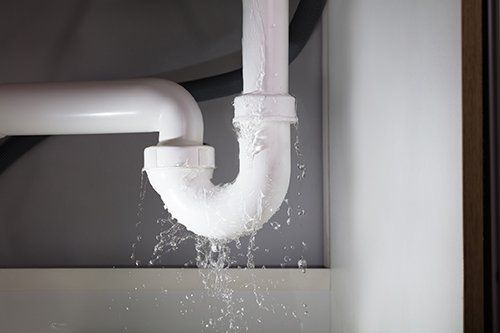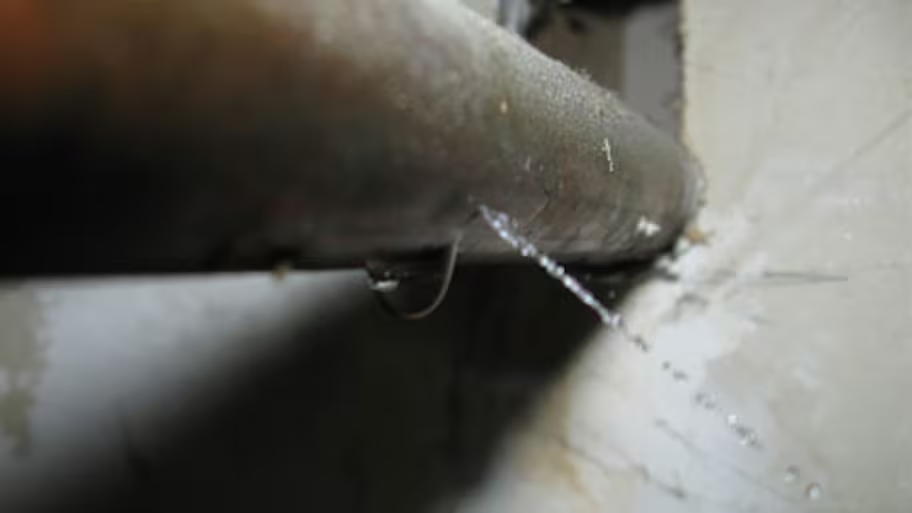Pinpoint Six of Commonest Leak Triggers Inside Your House
Pinpoint Six of Commonest Leak Triggers Inside Your House
Blog Article
How do you feel with regards to Top Causes of Home Water Leaks?

Leakages not only create waste of water but can also create unneeded damage to your home and advertise unwanted natural development. By recognizing and looking for everyday scenarios that create leaks, you can safeguard your house from future leakages as well as unneeded damages.
Instantaneous temperature level adjustments.
Extreme temperature level modifications in our pipelines can trigger them to expand and also contract all of a sudden. This development and tightening might create fractures in the pipes, specifically if the temperature level are below cold.
Rusty water systems
This may be the cause of staining or warping on your water pipelines. If our plumbing system is old, take into consideration changing the pipelines because they are at a greater threat of corrosion than the more recent versions.
Defective Pipe Joints
The point at which your pipelines attach is frequently the weakest link in the waterline. Pipe joints can deteriorate gradually, leading to water leakages. The bulk of pipeline joints are not quickly visible. If you have noisy pipelines that make ticking or banging noises, especially when the warm water is turned on, your pipeline joints are probably under a lot of stress. It is a good idea to have your plumber check your system annually.
Trespassing roots
The majority of water leaks begin outside your home rather than inside it. If you observe an abrupt reduction in water pressure, state in your tap, require time to head out and analyze your backyard. You could observe wet spots or sinkholes in your yard, and that might indicate that tree origins are getting into water lines causing water to leak out. You can have your plumber look for intrusion, particularly if you have trees or shrubs near your residential or commercial property.
Poor Water Connectors
At times, a leak can be triggered by loosened hoses and pipes that supply your appliances. In instance of a water links leak, you might see water running straight from the supply line or puddles around your appliances.
Blocked Drains
Obstructed drains pipes may be frustrating and also inconveniencing, however they can often end up creating an overflow resulting in break pipes. Keep removing any kind of products that may drop your drains pipes that can clog them to stay clear of such troubles.
All the above are sources of leaks but not all water leaks result from plumbing leakages; some leaks might originate from roof leaks. All leaks should be repaired instantly to stay clear of water damages.
Leaks not only create waste of water but can also trigger unneeded damages to your residence and promote unwanted organic growth. By looking and also comprehending for everyday situations that create leakages, you can shield your house from future leakages as well as unnecessary damage. Today, we will look at 6 leakage triggers that may be causing your pipes to drip.
At times, a leakage can be triggered by loose tubes and also pipes that provide your home appliances. In case of a water connections leak, you may see water running directly from the supply line or puddles around your appliances.
TYPES OF WATER LEAKS YOU SHOULD BE FAMILIAR WITH
Shower Fixture Water Leaks
If you notice a water leak near your shower fixture, perform an inspection to confirm if you are able to find broken caulk lines. As your shower fixture becomes older, it is not uncommon for water to leak onto the other side of the frame. To fix this type of plumbing leak, scrape off the old caulk and run a new bead of it around the shower fixture to seal up any fractured crevices and holes.
Bathtub Drainage Water leaks
To fix this type of leak in a bathtub, remove the drain flange and clean it. Next, you should also remove the rubber gasket located beneath the tub’s drain hole. Buy a replacement gasket that matches the old version and install it in the same location. Once the drain flange and rubber gasket are installed, apply a small amount of silicone caulk to the drain to prevent water leakage below your tub.
Water Pipe Leaks Behind Walls
Issues such as discolored grout and loose shower tiles may be caused by a water pipe leak behind the walls in your bathroom. To fix this plumbing leak, you will be required to remove the tiles, grout, or caulk in your shower. Once the tiles in your shower have been removed, perform an inspection of the drywall to confirm if it’s moist or wet. If you notice water marks or mold on the wall, this is an indicator of a water pipe leak.
Toilet Leaks
Nobody likes a toilet leak. It can cause water damage to the subfloor, joists, or even the ceiling in the room below. To combat this type of water leak, you will need to reinstall your toilet with a brand new ring of wax. If the toilet sits uneven, be sure to add toilet shims to correct the issue. Do you notice a broken bolt slot or flange? We recommend performing a new metal flange installation to remediate this issue.
Sink Water Leaks
To prevent damage to the beautiful counter tops in your kitchen or bathroom, tighten the base of your sink to prevent a water leak. Next, scrape away any old caulk around the sink and apply a fresh coat. Prior to using the kitchen or bathroom sink, you will need to secure the fixture to the countertop with the clips located beneath the sink rim to prevent a water leak.
https://www.fenwickhomeservices.com/blog/6-types-of-water-leaks-you-should-be-familiar-with/

I hope you enjoyed our piece about How to Find Water Leaks. Thank you so much for taking time to read through our short article. Loved our piece of writing? Please share it. Let others find it. I take joy in reading our article about How to Find Water Leaks.
Emergency plumber? One call away. Report this page